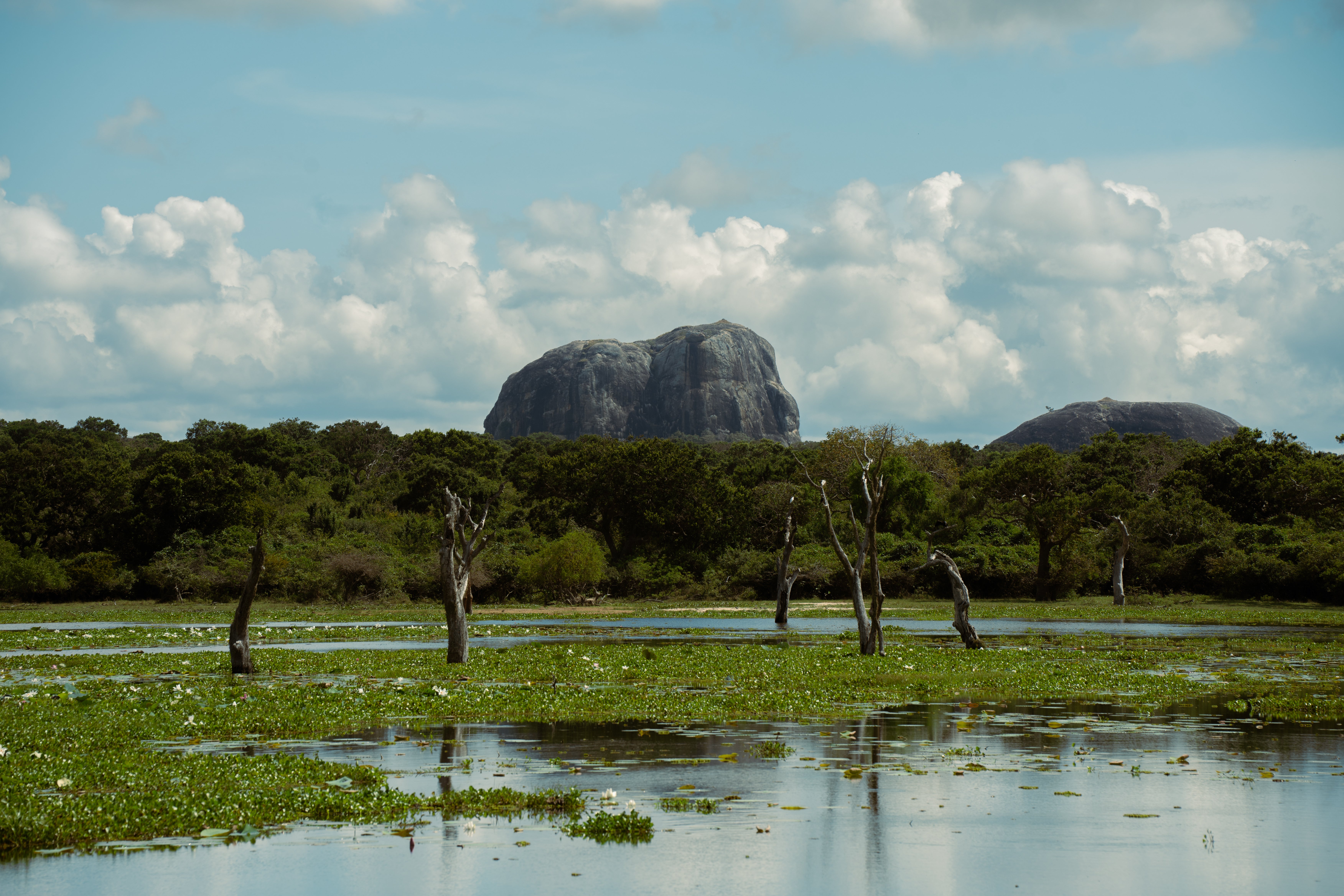It was like any other day for Sri Lankan safari guide Priyantha (Pusa) Hettiarachige as he prepared to welcome guests to Yala National Park on 26 December 2004. The famed natural site was brimming with people eager to spot leopards, elephants and crocodiles in the warm Asian sun just after the Christmas holidays.
That morning a fateful decision to cut the tour short for a sick guest may have saved Pusa’s life.
Just before 8am, a 9.2 magnitude earthquake in the Indian Ocean triggered what would become known as the Boxing Day tsunami. Considered one of the largest natural disasters in modern history, waves as high as 30m swept across dozens of countries including Indonesia, Thailand, India, the Maldives and Sri Lanka.
The disaster claimed the lives of at least 228,000 people in total, including over 30,000 people in Sri Lanka alone. It devastated vast swathes of coastal regions around southeast Asia, reducing many homes to rubble and destroying livelihoods.

Located on Sri Lanka’s southeast coast, Yala National Park was one of the worst hit areas of the country, with waves surging over a kilometre from the shore and reshaping the landscape forever. Pusa’s tour was further inland and had found safety in a tree. Unfortunately, other tours that day weren’t so lucky.
Over 250 tourists, locals and guides around Yala National Park lost their lives in the Boxing Day tsunami, including many local friends that Pusa considered family. Incredibly, authorities later discovered that none of the park’s animals died that day. Pusa later told me how he remembered the wildlife seemed louder that morning, almost as if trying to warn the park’s residents of the imminent danger.
Fast forward 20 years and Yala National Park now tells a story of resilience in its wildlife and the people who call it home. Pusa is among the many guides who continue to work there, showcasing the region’s animals while remembering the catastrophic power of nature that struck two decades earlier.
When I joined Pusa this summer for a half-day tour of Yala National Park, I wasn’t expecting to be more captivated by his stories than the tour itself. While excited to encounter Sri Lanka’s incredible wildlife, the framing of the tsunami and the…
Click Here to Read the Full Original Article at The Independent Travel…
